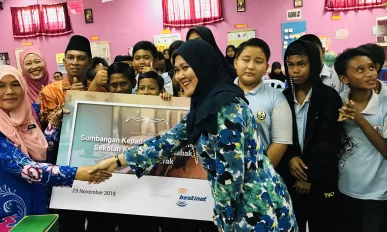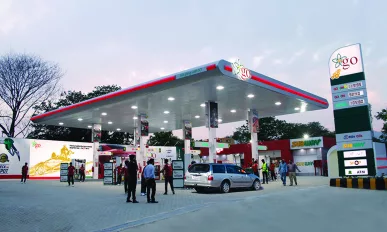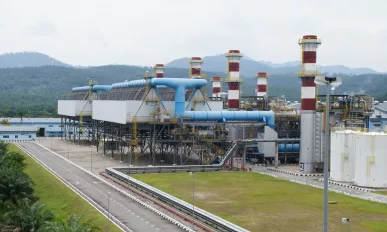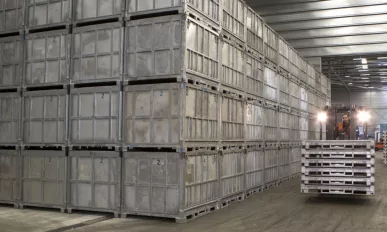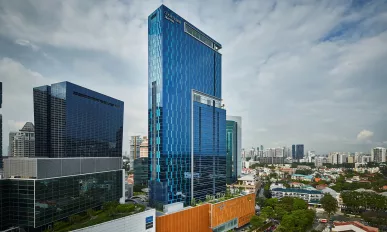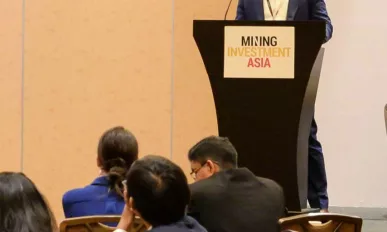Issue 37
Bestinet : The Management Marvel
Leveraging the latest technologies in the name of progress, Bestinet is pioneering transformation when it comes to cross-border migration solutions.
Gas & Oil Pakistan Limited : The Petroleum Partner
In a just a few short years, Gas & Oil Pakistan Limited has grown into a nationwide supplier of petroleum products and services. Chairman and CEO Khalid Riaz tells us more.
NUR Power Sdn Bhd : Hi-Tech Energy
NUR Power has been providing electricity for Malaysia’s Kulim Hi-Tech Industrial Park for more than 20 years, investing in vital capacity as the site continues to expand.
Goodpack : Container Transport Transformed
Having introduced a revolutionary mode of containerised transport, Goodpack is expanding its global network to help supply chains across a range of industries to become more efficient and sustainable.
Pun Hlaing Siloam Hospitals Group
Operating as a key exponent of Myanmar’s social development strategy, Pun Hlaing Siloam Hospitals Group is changing perceptions and misconceptions across Myanmar with its forward-thinking approach.
Straits Construction Singapore Pte Ltd
Straits Construction Singapore is futureproofing itself and the industry by investing in innovation, an approach that has seen it deliver a stream of award-winning projects.
Lineup of Speakers for Mining Investment Asia in Singapore unveiled
Mining Investment Asia is an annual event, with the primary aim of showcasing South East Asia’s mining sector to an international audience, is scheduled to return to Singapore from March 26-28.
ASEAN Centre for Energy : Setting the Energy Agenda
According to the International Energy Agency, the energy demand of the Association of Southeast Asian Nations (ASEAN) and its 10-member countries has grown 60 percent in the past 15 years, while forecasts show that this could again rise by almost two-thirds come 2040.



